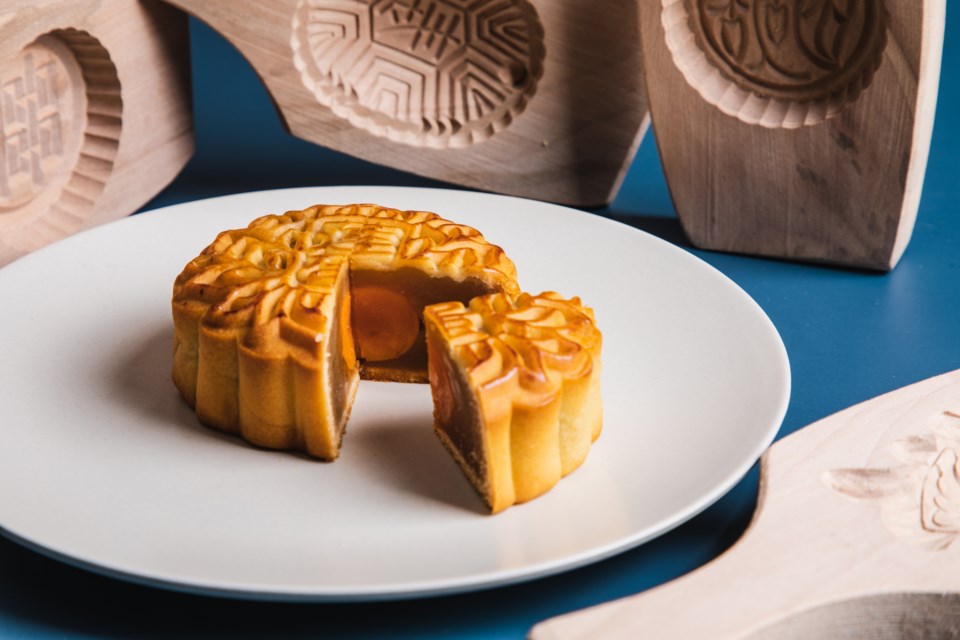The mooncake is the staple dessert when it comes family gatherings for Mid-Autumn Festival every year.
Mid-Autumn Festival, which this year falls on Sept. 10, is a time for everyone to come together to view and appreciate the moon and the mooncake represents just that -- in a sweeter form.
Alex Ma, spokesperson for Saint Germain Bakery, said mooncakes are a celebratory food for a good harvest year.
“The shape of the traditional mooncake, and the salted egg yolks inside mimic the full moon,” said Ma.
Mooncake history dates back thousands of years in China with customs of eating the dessert during Mid-Autumn Festival, which began in the Tang Dynasty (618 to 910 AD).
Emperor Li Shimin at the time ordered a general named Lijing to lead troops to conquer a nation to the north. On the 15th day of the eighth lunar month, Lijing returned victoriously, according to historical records.
A Tibetan trader at the time offered round cakes during a celebration ceremony to congratulate Lijing, which he shared with others.
The mooncake name was given by concubine Yang Yuhan of a later Tang emperor named Li Longji.
It wasn’t until the late Yuan Dynasty (1271 to 1368 AD) that the mooncake became an essential event in history.
Mooncakes enable subversive uprising
In order to deliver military messages secretly, Zhu Yuanzhang, the founder of the Ming Dynasty, placed notes inside the mooncakes and sent them to various resistance forces for an uprising in the court.
When the uprising succeeded, mooncakes were presented as gifts during a gathering and the custom of eating mooncakes during Mid-Autumn Festival was formed.
Ma told the Richmond News eating mooncakes after a big family meal during Mid-Autumn Festival is an ongoing custom for him.
“Us kids would be playing with lanterns and candles in the backyard while the adults would chitchat over mooncakes and fruits, and look at the beauty of the full moon,” Ma recalled.
He added that the sweet, yet heavy dessert, is eaten with seasonal fruit such as starfruit and pomelos.
While traditional mooncakes contain lotus seed paste and whole salted egg yolk as filling, the dessert has adapted variations over the past years including snowskin and salted egg yolk custard mooncakes.



